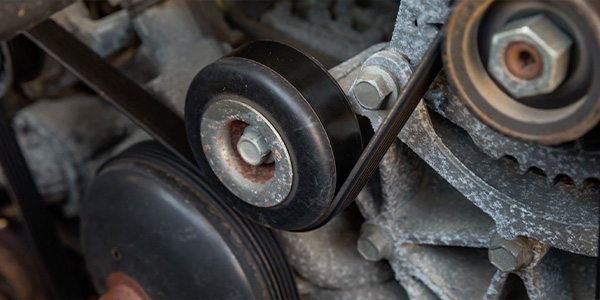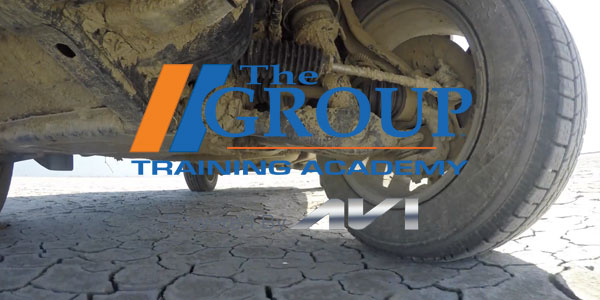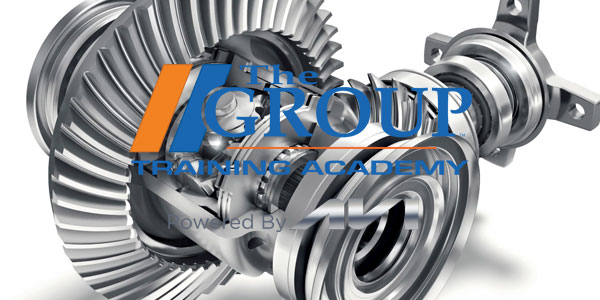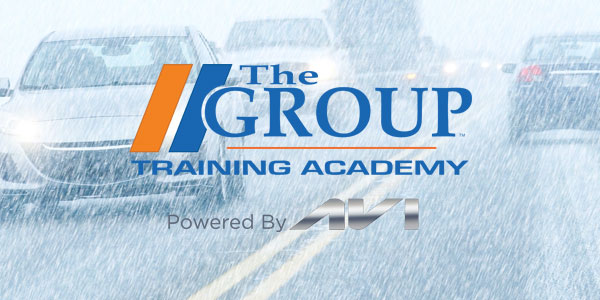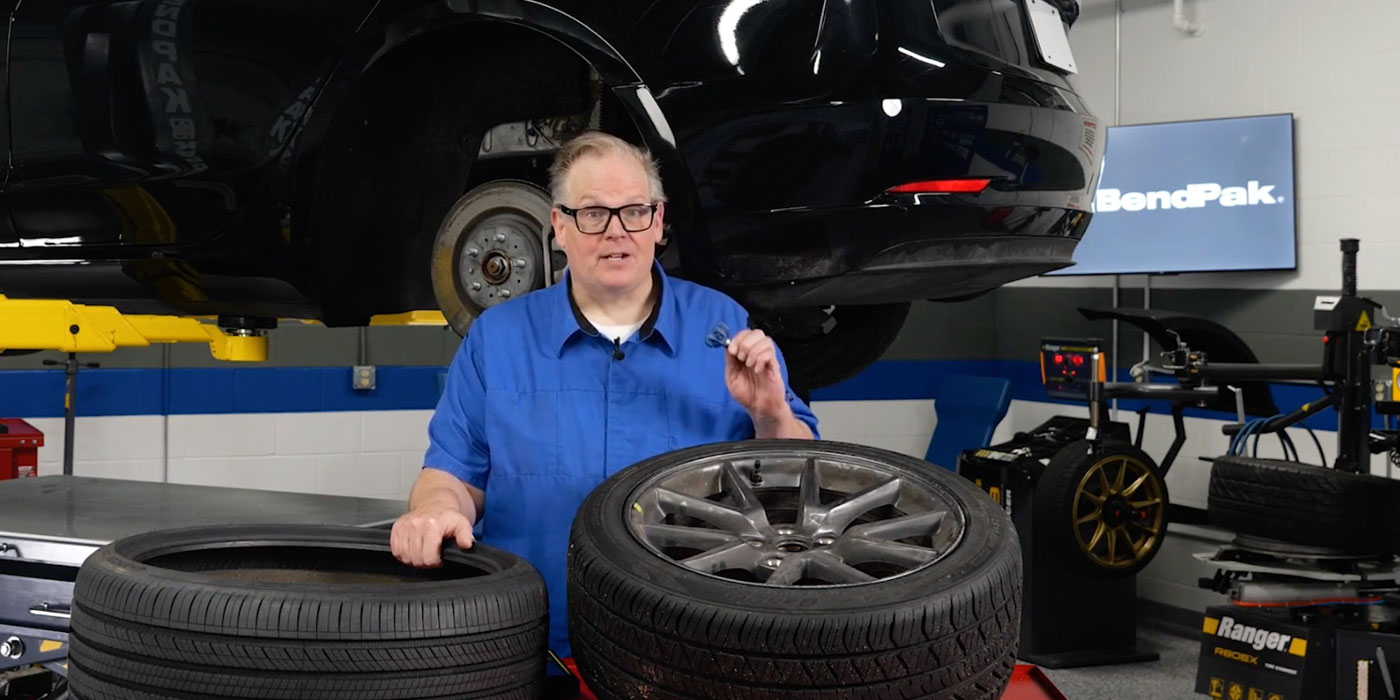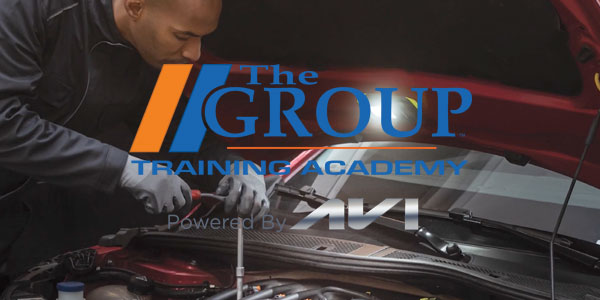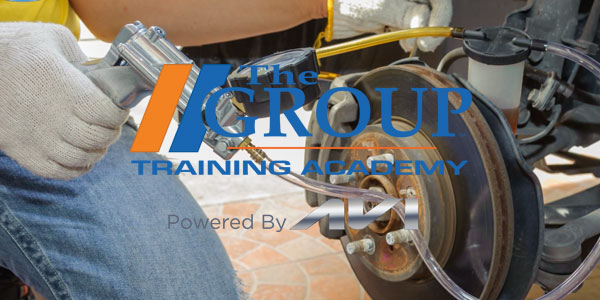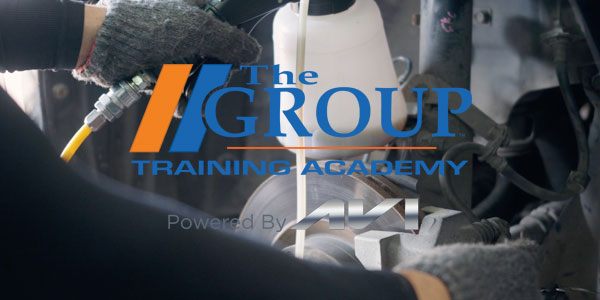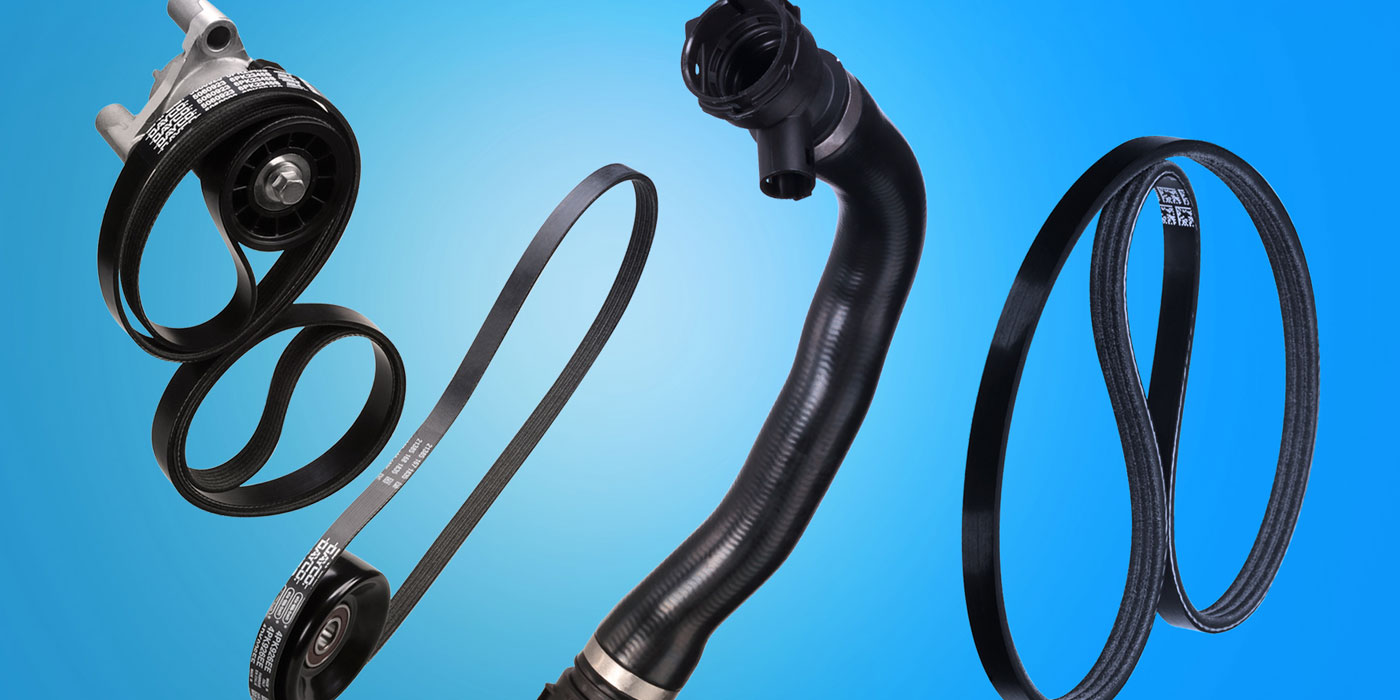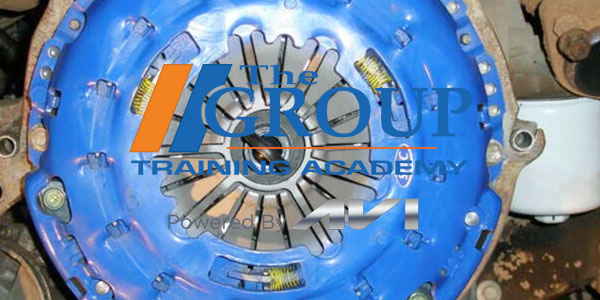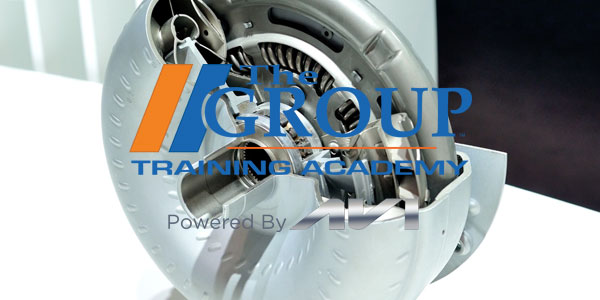Just like a tire, the friction between the belt and the pulleys wears away at the belt, usually on the tops and walls of the ribs.
Eventually, the grooves of the pulleys will bottom out on the grooves of the belt. And then the belt will not be able to generate friction and will begin to slip.
In this video, we take a look at a two-in-one tool to measure belt wear. For uneven wear, use the long, narrow edge of the gauge by inserting it into each groove individually; the edge should not bottom out in any of the grooves.
If the narrow edge bottoms out in any of the belt grooves, the belt is worn and should be replaced.
This video is sponsored by Continental.


